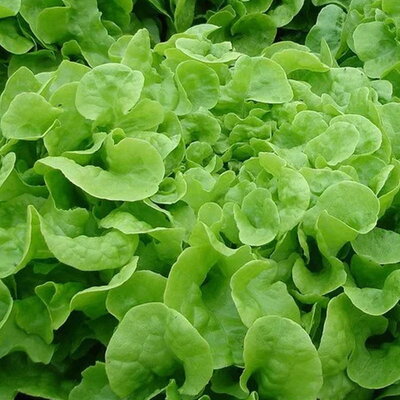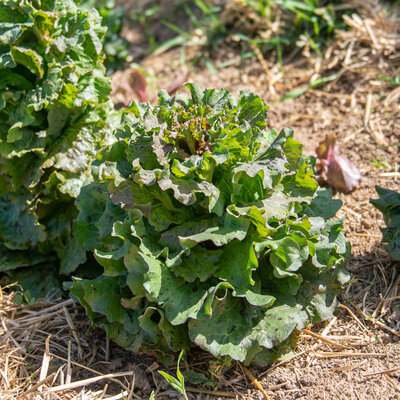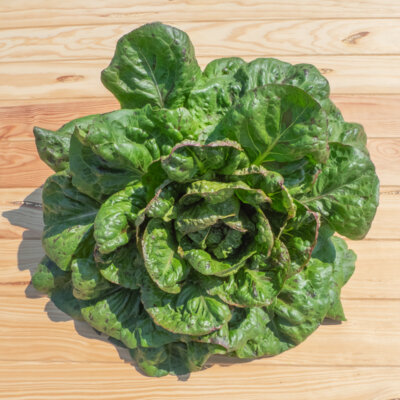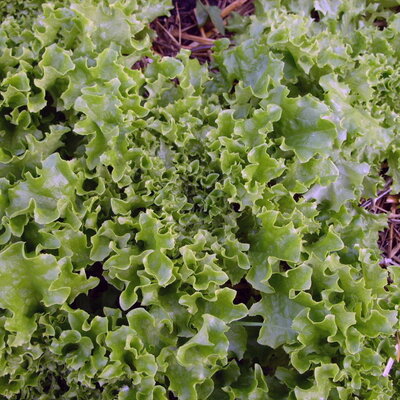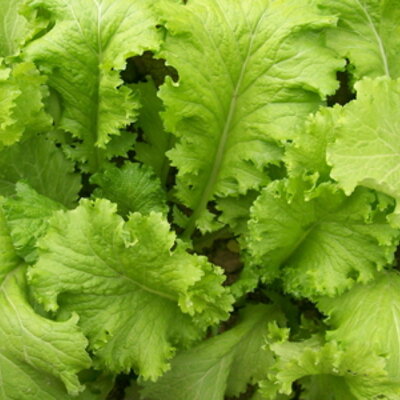
Southern Giant - Indian mustard
This very old variety, slow to bolt, 60 cm high, produces very curly green leaves with a fine texture and good flavor.
These products may also be of interest to you
in the ground, in bucket
Sow in pots 3 weeks before planting. Transplant when plants have 4 to 5 leaves, 25 cm apart in all directions. For direct sowing, sow lightly, in rows 30 cm apart. When plants have 4-5 leaves, thin to 30 cm. Keep the soil moist. Spring sowing is possible, provided it takes place just after the last frosts, to minimize the risk of early bolting.
Leaves are picked as needed, cutting them off at the base of the stem to encourage regrowth.
March, April, August, September, October
January, February, March, April, May, June, October, November, December
in the ground
semi-shade, sunny
medium
all floor types
wet, drained
Brassica juncea
mid-season
300 seeds
fine
Green
From 40 to 60 cm
curly
India
All-America Selections
This ancient Indian variety is also known as "Southern Giant Curled Longstanding". Green mustards are native to the Himalayan region and northern India, where they have been cultivated for thousands of years. Chinese, Japanese and African cuisines also make extensive use of mustard. This use is still quite rare in most American states, although it is part of the traditional culture of southern regions. The "Southern Giant Curled mustard" variety won the prestigious All-America Selctions Gold Medal Award in 1935.



